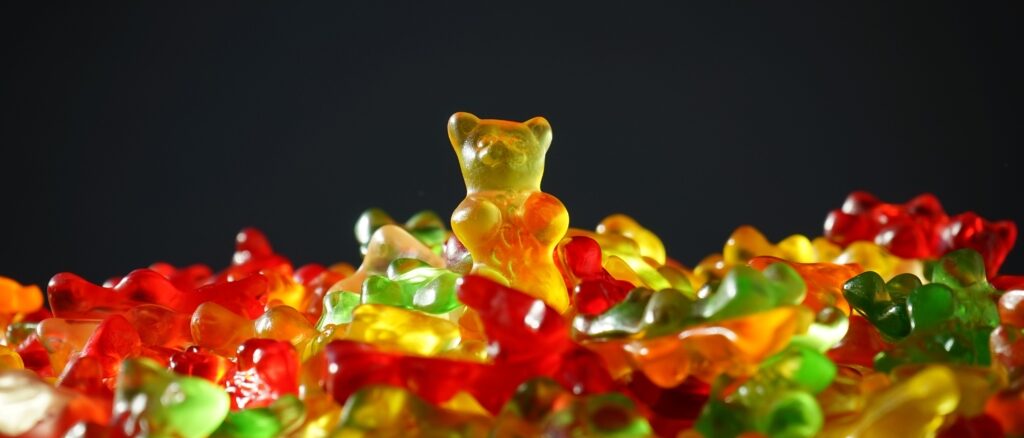The bacteria in your child’s mouth are probably more excited to eat candy than they are. When the bacteria eat the sugar and leftover food in a mouth, an acid is produced and can contribute to cavities.
To help you choose the best treats, we have a rundown of some common candies and their impact on your teeth:
Chocolate
Chocolate is probably your best bet. American Dental Association dentist Dr. Ana Paula Ferraz-Dougherty says “Chocolate is one of the better candies because it washes off your teeth easier than other types of candy. Dark chocolate also has less sugar than milk chocolate.”
Sticky and Gummy Candies
These are some of the worst candies for your teeth. The ADA says the length of time sugary food is in your mouth plays a role in tooth decay. Unless it is a sugar-free product, candies that stay in the mouth for a long period of time subject teeth to an increased risk for tooth decay. The stickier candies, like taffy and gummy bears, also take longer to get washed away by saliva.
Hard Candy
Hard candies are also ones to watch. “They can actually break your teeth if you’re not careful,” Dr. Ferraz- Dougherty says. “You also tend to keep these kinds of candies in your mouth for longer periods of time so the sugar is getting in your saliva and washing over your teeth.”
Sour Candy
You might want to pass on things that make you pucker especially if they are sticky and coated in sugar. Sour candy can be very acidic which can weaken and damage the hard outer shell of your teeth.
Many wonder if dentists give out candy for Halloween. The American Dental Association asked dentists what they give trick-or-treaters each year, and 76% say they hand out some type of candy. Some paired their candy with a reminder to brush and even a toothbrush.The ADA also offers some candy alternatives that parents can pass out for Halloween such as water bottles, sugar-free gum, stickers, and pencils.

- October 28, 2020
- Children's Dentistry


